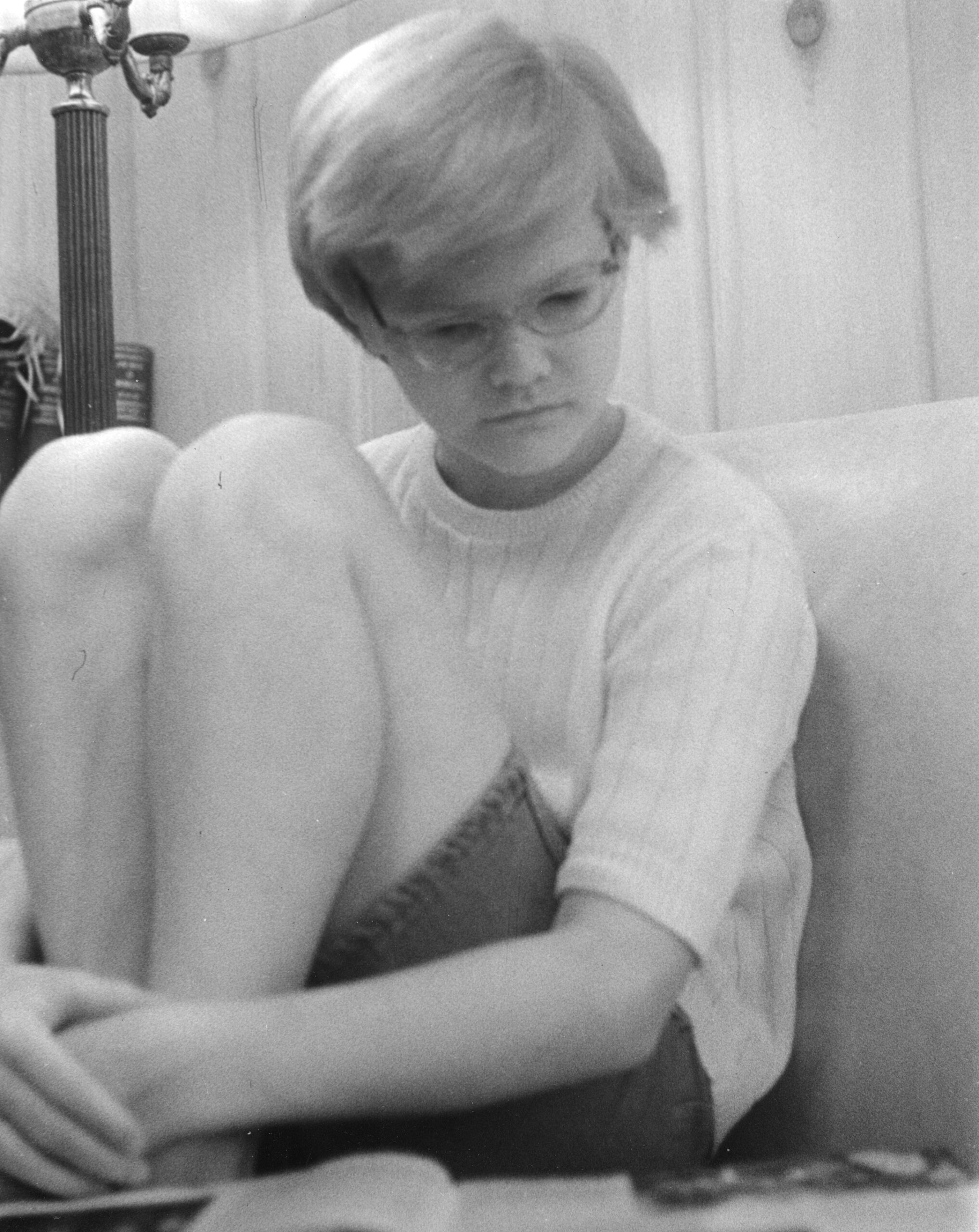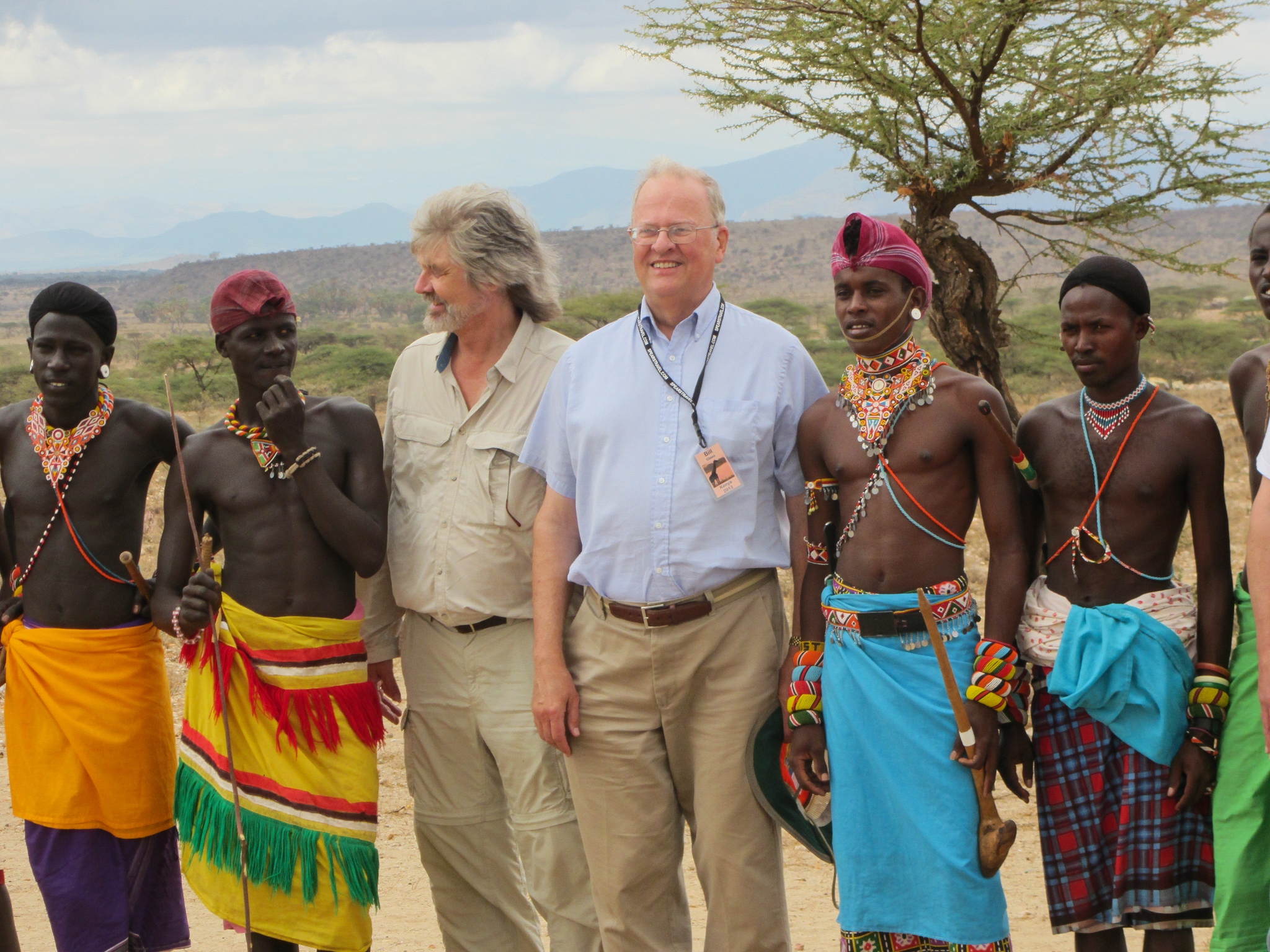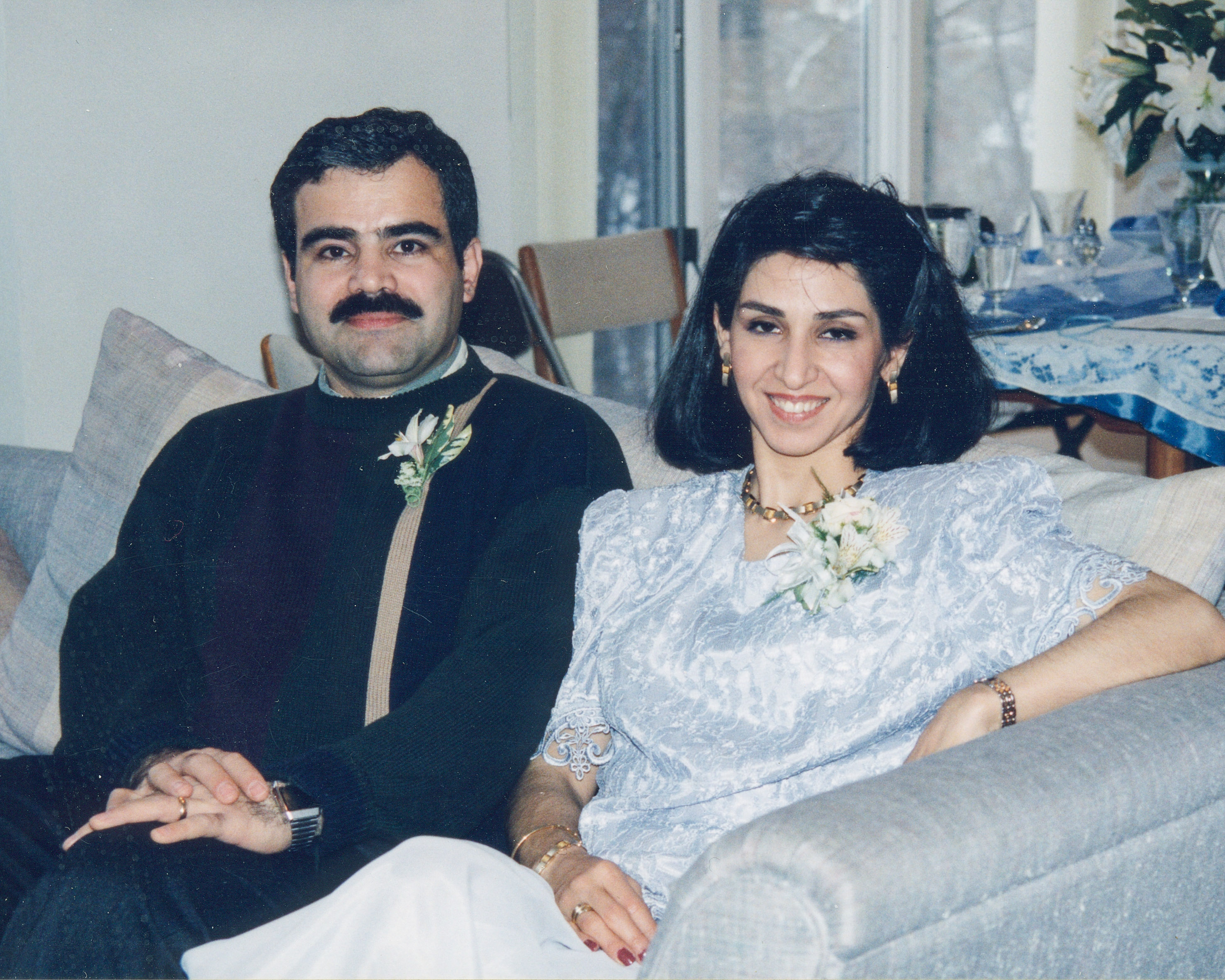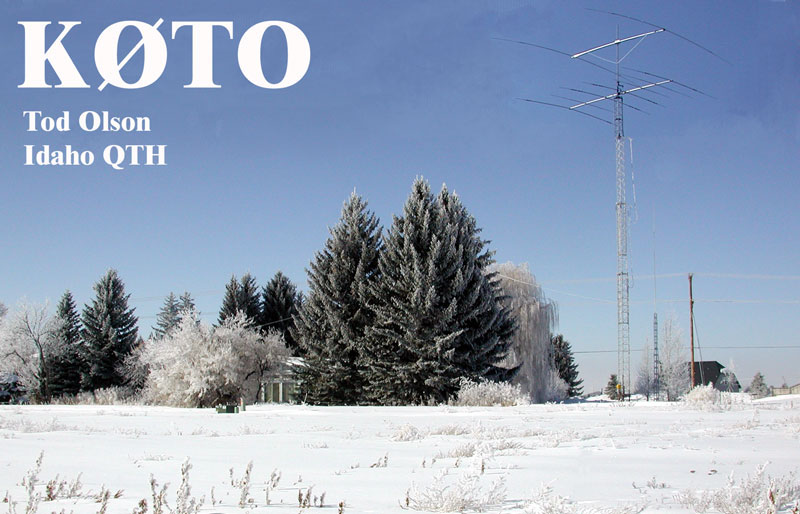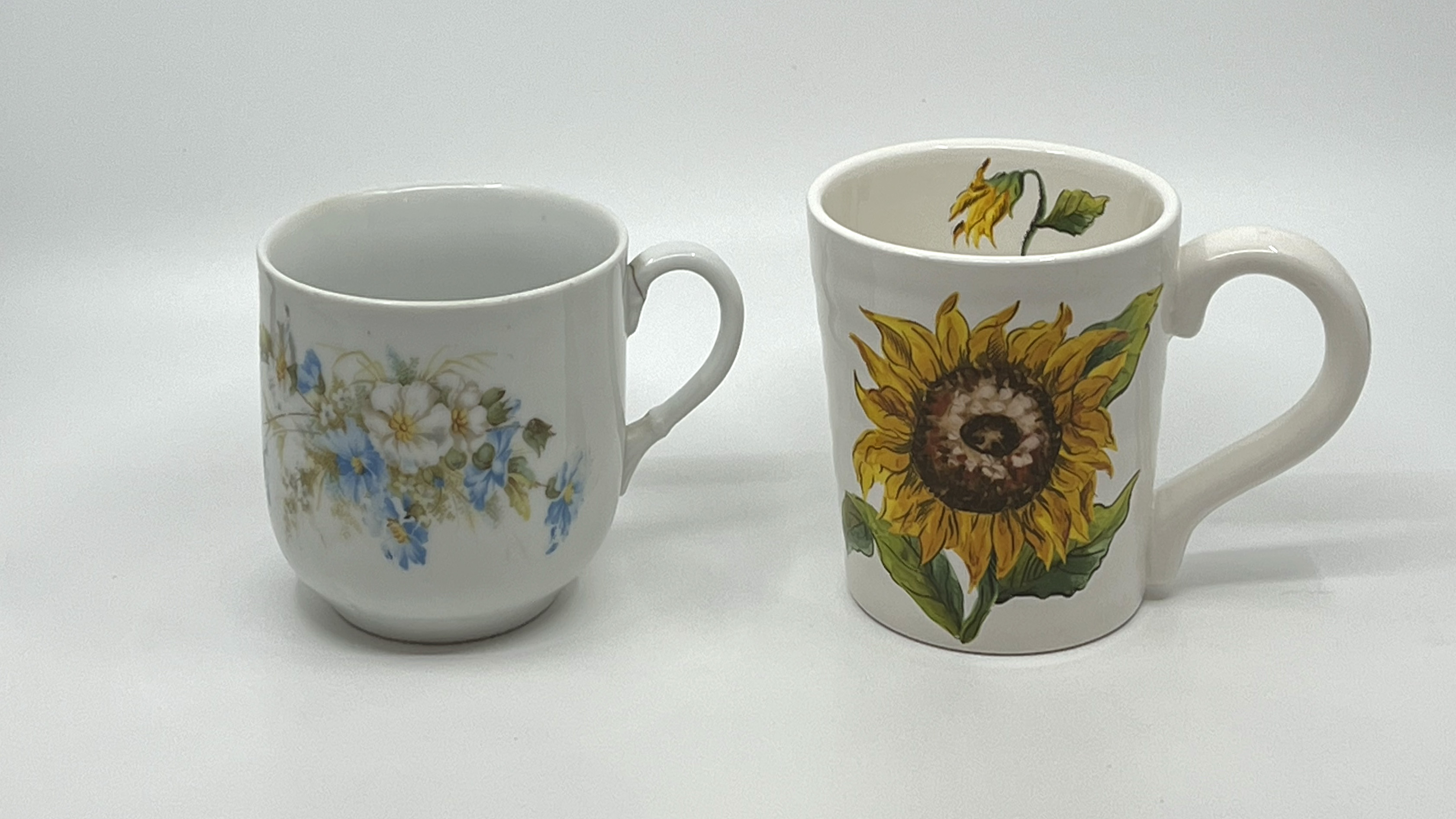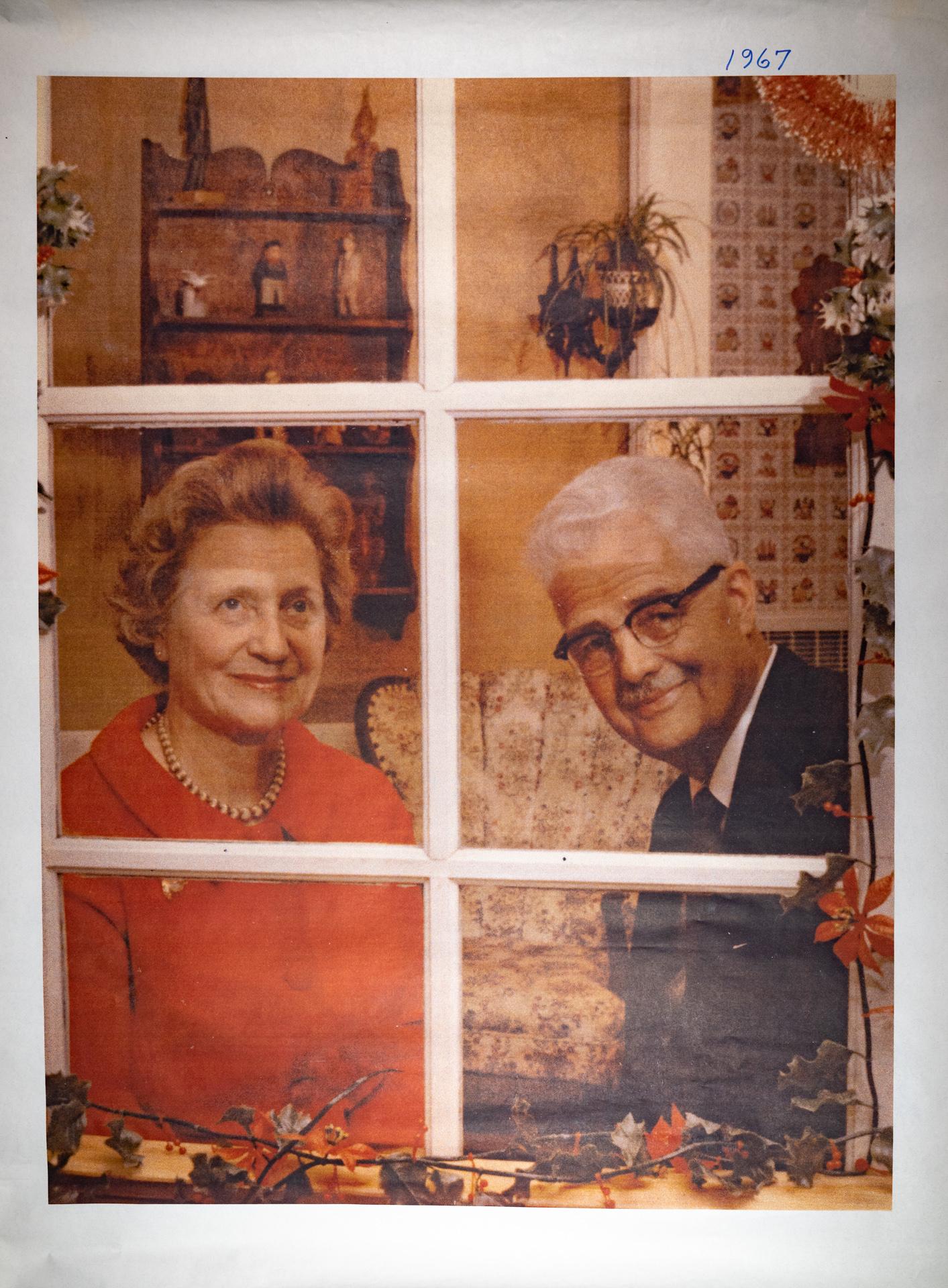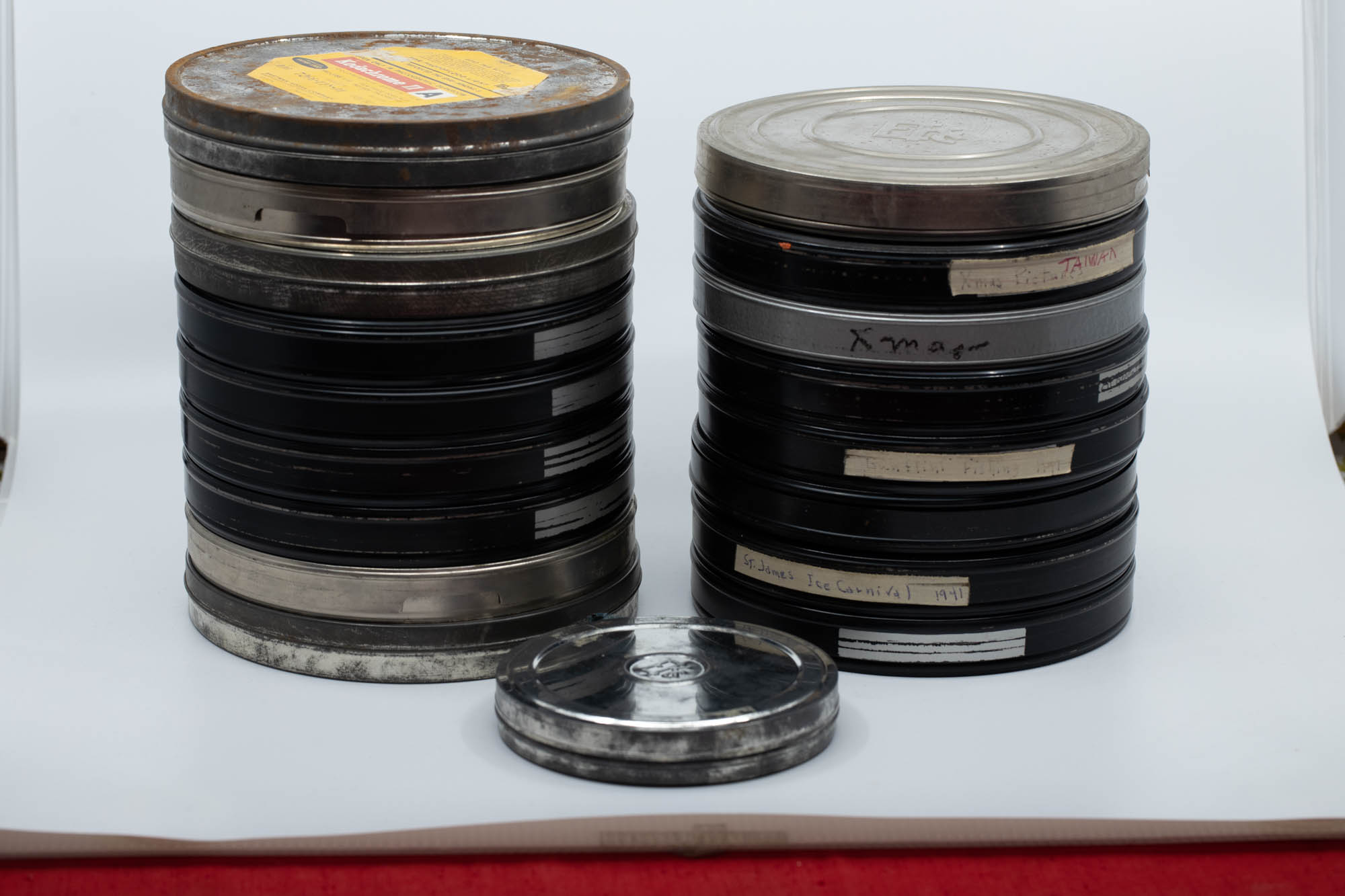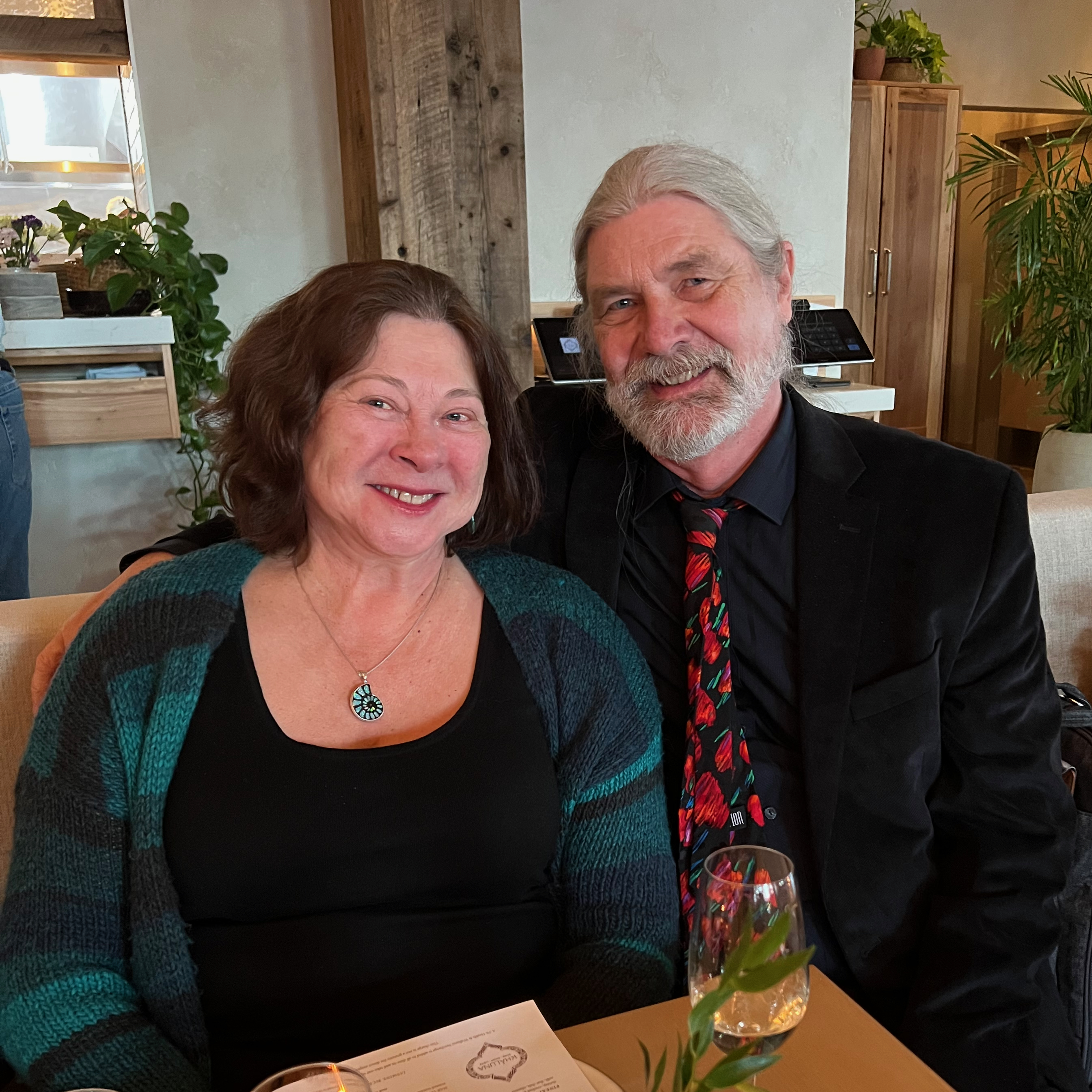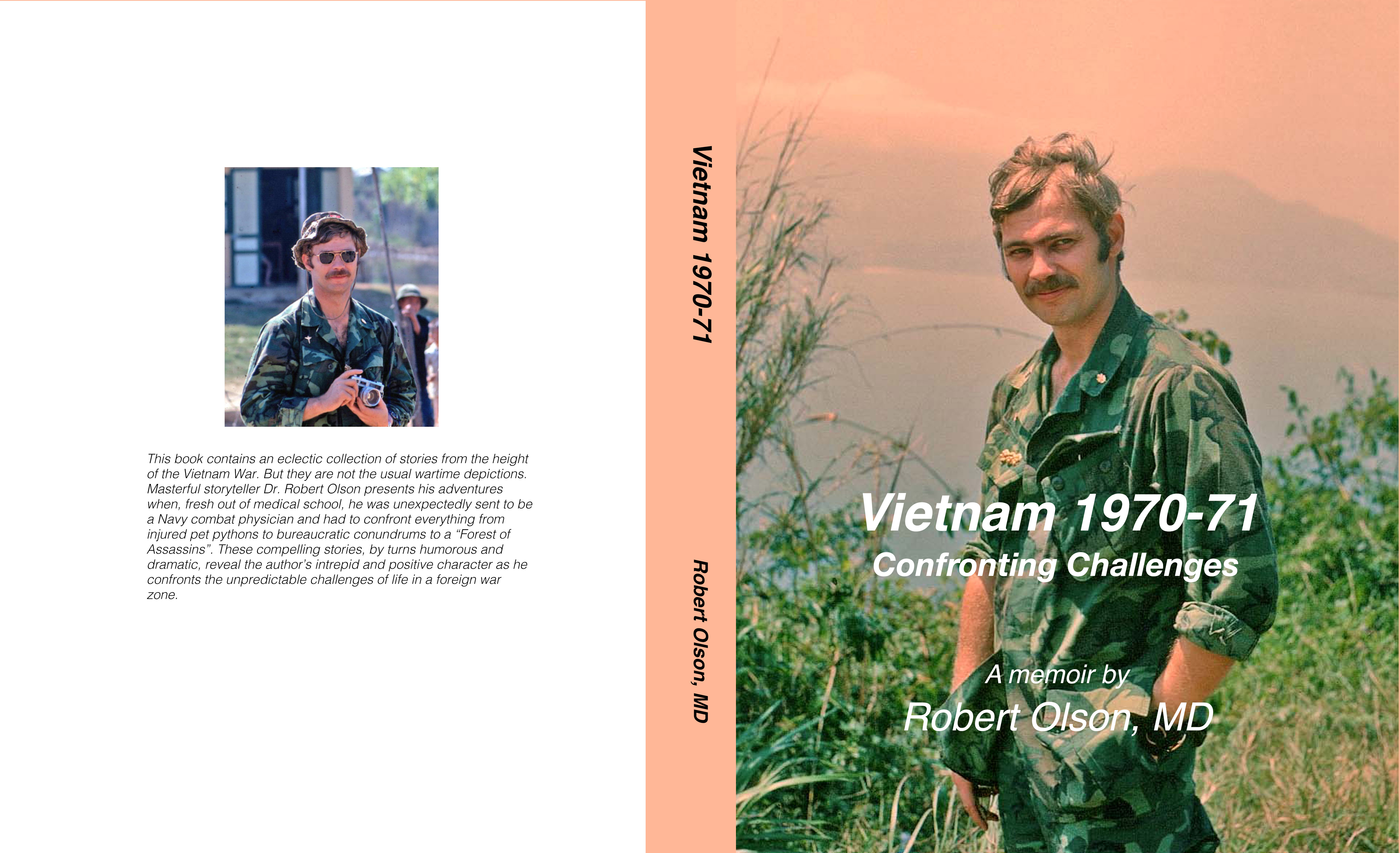It is hard to describe the loss of a sibling. I have accepted the passing of grandparents, then favorite teachers and past professors, even parents, and now some of my classmates are encountering their ends. And whenever it happens, I am hit by my strong memories. It all seems so impossible that they could be gone… and gone for good. With each such death, I face both the loss of a relationship, past or current, and with the fact that we are all mortal, including me, and including the “littermates” I grew up with.
So with the passing of my sister Laurie, the middle child among five, I am slapped with an awareness of death’s proximity.
Like most sibling relationships, it was intense and close while we were children, sharing the same parental guidance, following (and breaking) the same family rules, experiencing family events together, creating family jokes, exhilarating in, and sometimes suffering the family vacations. We also spent a lot of unsupervised time together. Our diverse individual interests ended up enriching all of us.
As we became adults, the sibling intensity diminished as we expanded our horizons and relationships. In our case, a bond remained that kept us in touch, continuing to attend family gatherings but also sharing our life experiences as we found partners, built careers, and raised our own families, occasionally leaning on each other when we encountered difficulties or setbacks. Our interests may have been diverse, but the childhood and family connections remained.
An early example of those unsupervised times was when my brother Eric and I built a treehouse. It took days, maybe weeks of unskilled labor to hammer a platform between oak tree stems and construct a rope ladder to reach it. When completed, we had our sanctuary, high up and overlooking the neighborhood. Our sisters were curious, and after their persistent complaints about our “no girls allowed” rule, we decided that we would allow them up, but only if they paid us a nickel. This worked out well, right up until they depleted their entire allowance savings, after which we denied access. Somehow, word of our treehouse fee arrangement reached our parents. It must have been difficult for my entrepreneurial father to explain why we needed to return our take.
Despite being scammed by her older brothers, Laurie was one smart cookie. But her strengths were not the same as her brothers, who had excelled in chemistry class. This created a gap in the teacher’s expectations and caused him to say to her one day: “Why are you not as good at this as your brothers?” It hurt her, and when I later heard this story, it diminished my opinion of that teacher. Laurie may have gotten a B in chemistry, but she was a National Merit Scholar; I was not.
As children we were captive passengers on summer family vacations. Despite the natural bickering that occurs when siblings are held in close quarters, the fascination with the rugged landscapes of the mountainous western U.S. kept us in collective awe. We camped and hiked and explored, building a shared experience that we still reflect back on today.
Our connections as siblings continued as we became adults raising families. And when our parents moved to Idaho, we formed a caravan of vehicles, helping to transport their possessions west, but stopping to camp at State and National Parks along the way. It was an amalgam of families, each trying to keep their brood safe and under control. It was nearly impossible of course, which only reminded us of how it must have been for our parents to have managed us.
Laurie encountered challenges in her first marriage and eventually divorced. I recall them, but only at a distance. No one can know the inner workings of a marital relationship. I don’t know if I was able to help her during this time, but I do know that when I encountered marital problems of my own, she was extremely helpful to me. What a reversal of sibling support! The younger being able to counsel the elder.
It was not the only difficulty Laurie encountered. She suffered several others, perhaps related. While her first marriage struggled, her second thrived. Her boys needed guidance; she provided it. Her husband suffered liver failure; she helped him at every step through a complex transplant. She once sought solace in alcohol; she overcame it. When she encountered declines in her health, she found the balance of medications to mitigate them.
She more than once quoted John Lennon to me: “Life is what happens when you are making other plans.” This suggests that she was embracing the chaotic nature of her life, rather than regretting it not running at a slower pace.
Whenever something unplanned came along, she made plans to get past it. She was an optimist. Her Facebook page announces: “Encourage one another and build each other up.” This was Laurie.
She had a smile that always lit up the room, and she had a friendly social breeziness. She had the ability to make friends easily with everyone around her. As my “outlaws” can attest, she was a welcoming sibling-in-law to each of my siblings’ spouses. They saw her go out of her way to include them and help them penetrate the sibling circle. This was Laurie
Laurie was also a strong support for our mother, during her long struggle with COPD. She frequently flew to Idaho Falls to help her, assisting and relieving our brother Eric and wife Rhonda, the front lines living in the same city. This was Laurie.
In her recent years she has enjoyed her continued happy marriage. I am extremely grateful that I met her the day before her scheduled surgery, the precipitating event of her passing. She told me that it gave her great satisfaction to see her boys thriving. She was proud of them. She was pleased to be a grandmother to the son of her eldest, most challenging boy, who had found love, purpose, and family. She was proud of her boys who had become fine men with talents and skills, had built strong relationships, and maintained the sense and appreciation of family, a value for which she so strongly provided an example.
I will miss Laurie. This is a lightning strike for me. A strike that happened while I was making other plans.
